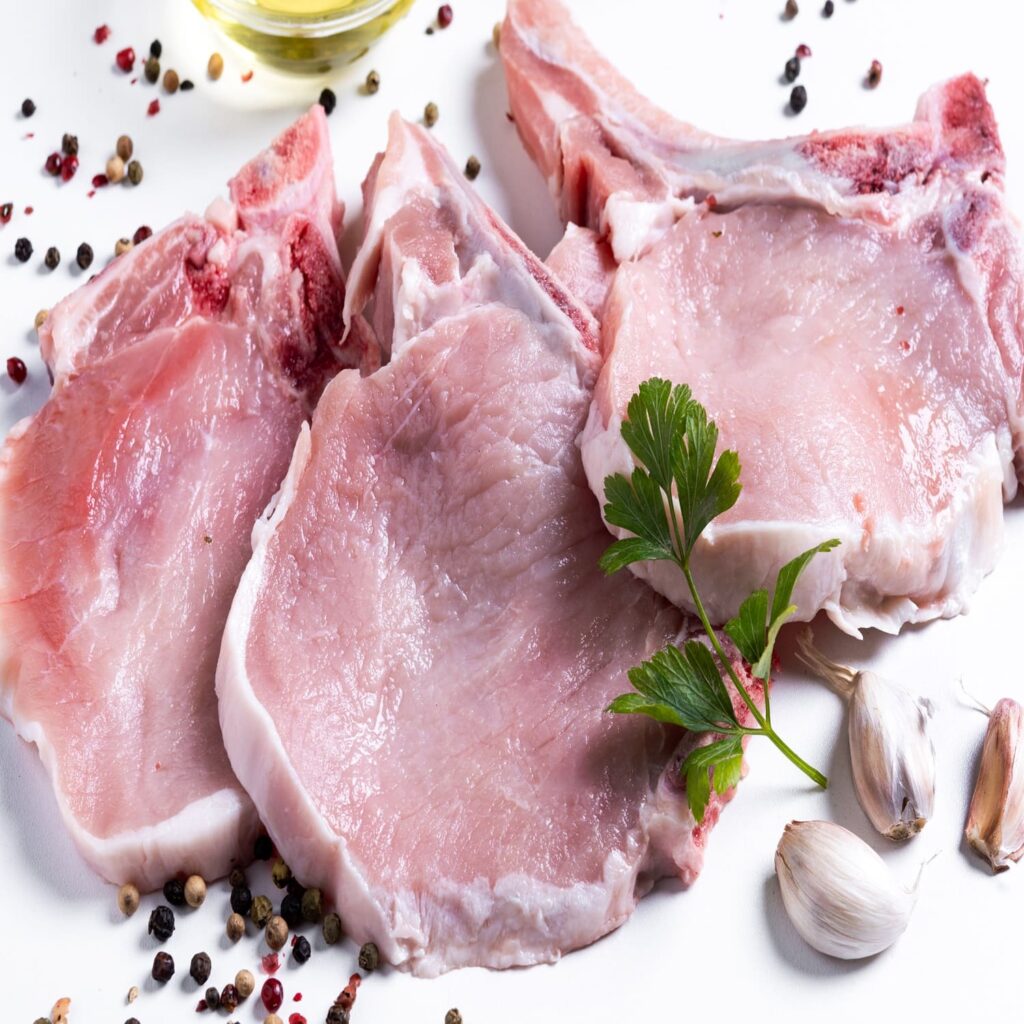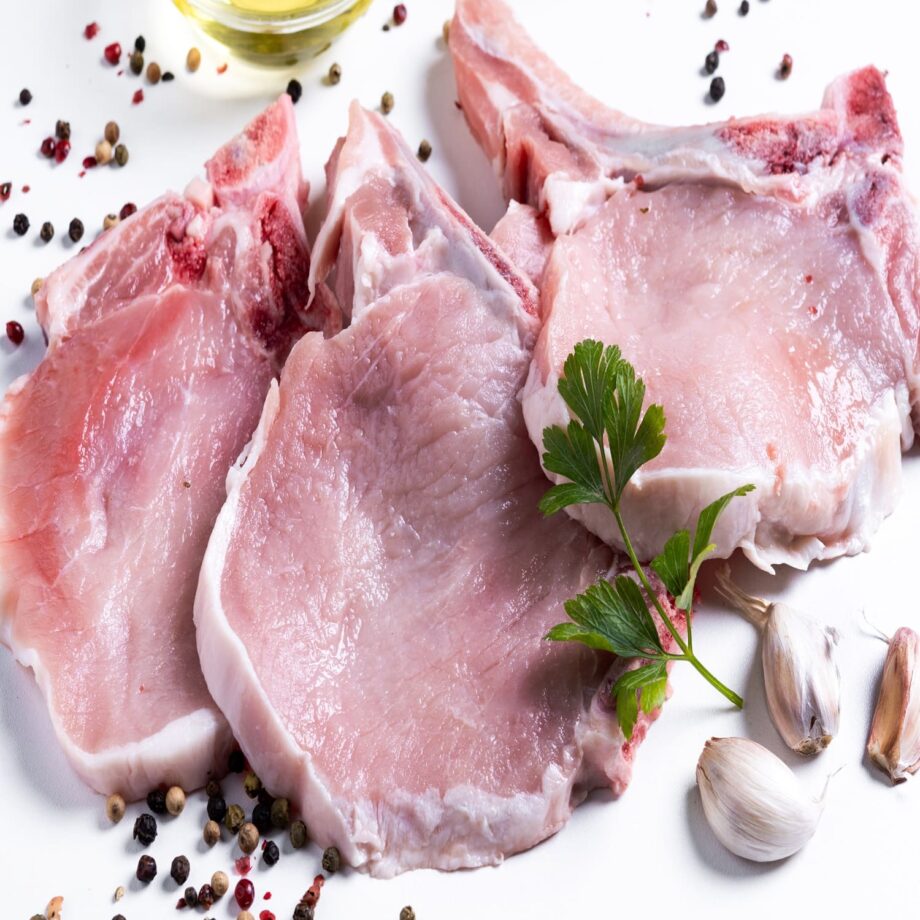Do snacks contain pork? Many do, but labels don’t say it clearly. Find out which ingredients to avoid and how to choose pork-free snacks.
For religious, cultural, or health reasons, many people abstain from pork, but it’s not always easy to spot snacks that contain it. Gelatin, enzymes, and flavorings are examples of hidden ingredients that manufacturers frequently use without disclosing where they come from. An important question is brought up by this lack of transparency: Do you know that your favorite snacks contain pork?
Do Your Snacks Contain Pork? A Complete Guide for Informed Choices
This guide will explain how to choose safer, pork-free snacks, where pork lurks in common snacks, and why it’s so difficult to detect.

Why Does Pork Get Lost in Snacks?
The fact that pork is typically not clearly identified on ingredient labels presents one of the largest obstacles for consumers. Rather, manufacturers use difficult-to-recognize technical or generic terms. People are frequently perplexed by this, particularly those who wish to abstain from pork for dietary, cultural, or religious reasons.
The primary unidentified sources of pork in snacks are as follows:
1. Gelatin
What it is: Animal bones, skin, and connective tissue are boiled to create gelatin, a thickening and stabilizing substance.
Where to find it: Frequently found in marshmallows, puddings, gummy candy, yogurts, and jellies.
Why it’s hidden: Labels typically simply state “gelatin” without specifying whether it originates from fish, beef, or pork. Unless otherwise noted, it is typically pork-based, particularly in the United States and Europe.
2. The enzymes
What they are: Food processing uses enzymes to improve texture or flavor.
Where to find them: frequently added to crackers, chips, and some processed snacks that have a cheese flavor.
The reason it’s hidden Usually, labels only state “enzymes” or “animal enzymes,” with no indication of the source. Pork enzymes are used by many snack manufacturers due to their affordability and efficiency.
3. Lard
What it is: Lard is rendered pork fat that gives baked goods their flavor and texture.
Where to find it: Lard is still used in some pastries, pie crusts, biscuits, and classic snack foods.
Why it’s hidden: To make it less noticeable, companies typically list it as “lard” or under “fats and oils” in the ingredients instead of “pork fat.”
4. Natural Flavors
What they are: A broad term that encompasses a variety of additives and extracts. These may be derived from dairy products, plants, or animals, such as pork.
They can be found in flavored snacks such as cookies, crackers, chips, and even drinks.
The reason it’s hidden Companies are permitted by regulations to merely list “natural flavors” without providing the precise source. This implies that a product with a “natural flavors” label may include ingredients derived from pork without the consumer being aware of it.
The Fundamental Issue
The fact that pork is used in snacks isn’t the main problem; rather, it’s that producers hardly ever disclose it. It is nearly impossible to determine the true origin of some ingredients due to generic or ambiguous labeling practices, leaving consumers in the dark.
Most businesses use more general, less precise terms like “gelatin,” “enzymes,” “animal fat,” or “natural flavors” in place of writing “pork gelatin” or “pork enzymes.” These terms appear to be innocuous on paper. Actually, a lot of them come from pork.
The Significance of This Absence of Openness
Religious and cultural restrictions: Even a small amount of pork is off limits to those who follow halal or kosher diets. It is challenging to adhere to these guidelines when labeling is hidden.
Vegan and vegetarian customers Snacks labeled with “gelatin” are frequently derived from pork, but many people mistakenly believe they are plant-based.
Customers who are concerned about their health Some people are misinformed by incomplete ingredient lists and avoid pork for dietary or medical reasons.
This ambiguity causes many people to inadvertently eat pork-based foods even when they are making a conscious effort to stay away from them. This erodes consumer confidence in food labeling and makes it difficult for people to make educated food choices.
One of the easiest ways to avoid this problem is to take control of your own snacks. By preparing them at home, you know exactly what goes into your food—and with a Snackle Box Container, you can keep them fresh, organized, and portable. Whether you’re packing pork-free gummies, vegetarian crackers, or healthy homemade treats, the Snackle Box makes it simple to enjoy snacks you can trust, wherever you go
When packing snack boxes for yourself or loved ones, it’s smart to use a container that keeps foods separated and sealed. That’s why the Snackle Box Container on Amazon is a great choice — you can clearly see what’s inside (helpful when you’re checking for hidden pork ingredients), and each compartment helps prevent cross-contamination.
Do Snacks Contain Pork? before purchasing helps you stay in control of your diet and ensures peace of mind. With awareness and vigilance, you can continue to enjoy a wide variety of snacks safely, knowing exactly what goes into your food.
Understanding Do Snacks Contain Pork? is essential for making informed choices, especially for those with dietary restrictions, religious beliefs, or personal preferences. By carefully reading ingredient labels and being aware of hidden pork-derived components, you can enjoy your favorite snacks without compromising your values or health.

